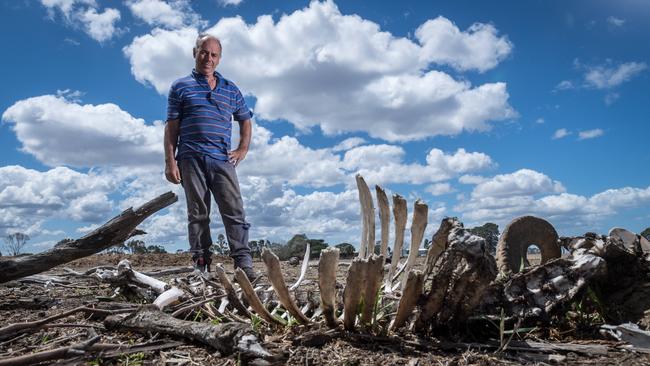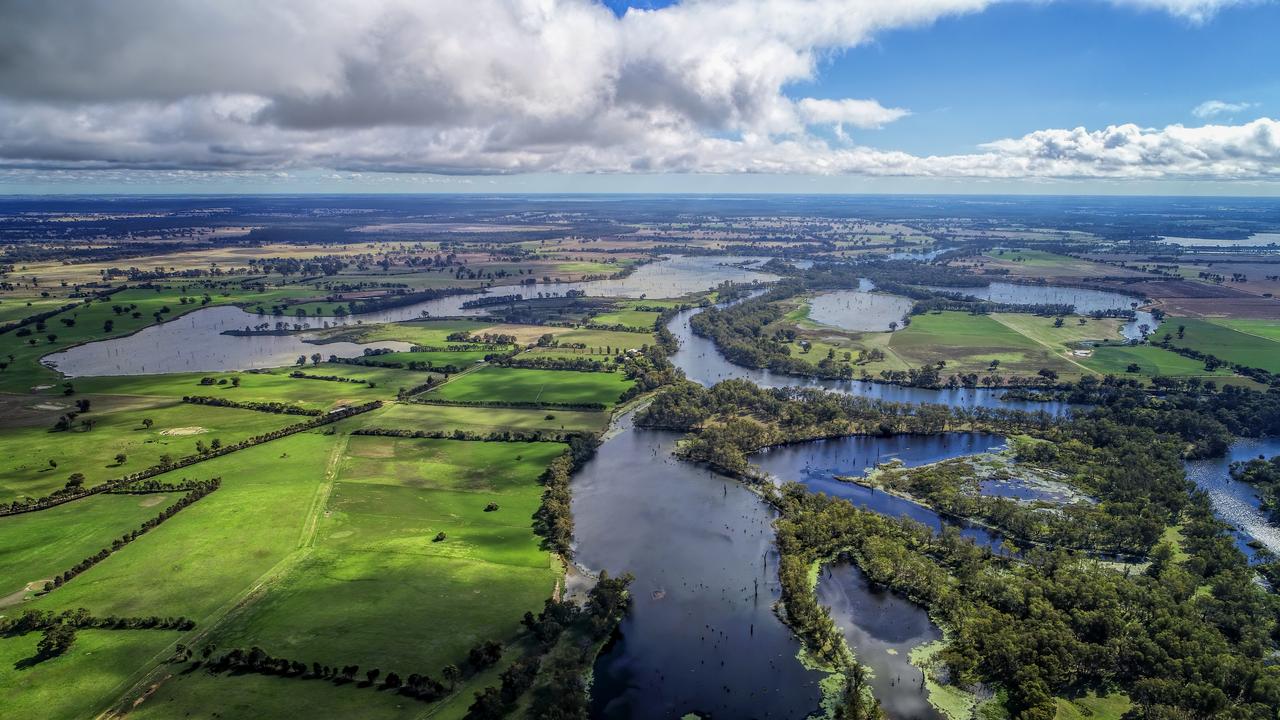Dry times returns: East Gippsland and Bega Valley dry off as El Nino looms
East Gippsland and the Bega Valley are starting to dry off, with farmers offloading some stock and assessing fodder reserves.

Evidence is emerging that southeast Australia is rapidly drying out, with East Gippsland and the Bega Valley streamflows dropping to as little as 20 per cent of their average in the midst of winter.
As of this week gauges on the Avon, Nicholson, Cann, Wingan and Brodribb Rivers in Victoria, plus those on the Bega, Tuross and Clyde Rivers in NSW were all sitting at 20 to 50 per cent of their average flow.
Orbost beef and dairy producer Chris Nixon said “you could bog a duck” in South Gippsland, but once you drove past Flynn, on the Princes Hwy heading into East Gippsland, it was very dry.
“We are green, because we’re getting dew, showers and the days are short and cold,” Mr Nixon said. “But there’s limited pasture growth and things are tight.”
“We’re fully stocked after the drought years and now we’re looking at unloading again.”
Bureau of Meteorology records show most of East Gippsland and the Bega Valley received less than 40 per cent of their average June rainfall, with the NSW coastal zone getting less than 20 per cent.
Even Giffard livestock producer Steve Harrison said his total rainfall for the year was only 200mm, with a near neighbour recording just 150mm in the on-farm gauge.
“We’re downsizing, getting rid of some cattle and wethers,” Mr Harrison said. “We’re being conservative, without being overly concerned.”
While the BOM and other global climate models are forecasting a dry winter and spring, Mr Harrison said he was “in a much better position than in the past”, with 500 tonnes of silage and 1000 rolls of hay on hand.
Even some Western Victorian grain growers, with plenty of moisture banked in their soils, have factored the drying impacts of a looming El Nino and positive Indian Ocean Dipole event into their crop plans.
Rapunyup grain grower Andrew Weidemann said he had cut back and replaced some canola and lentil plantings with barley, “because of a potential dry off”.
“It’s about what happens in September (with rainfall),” he said.




